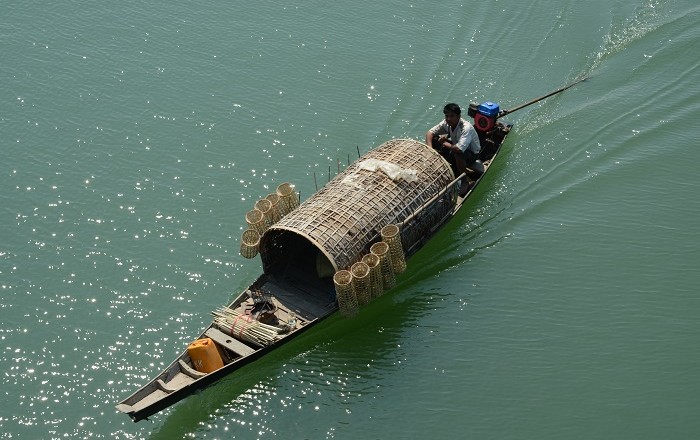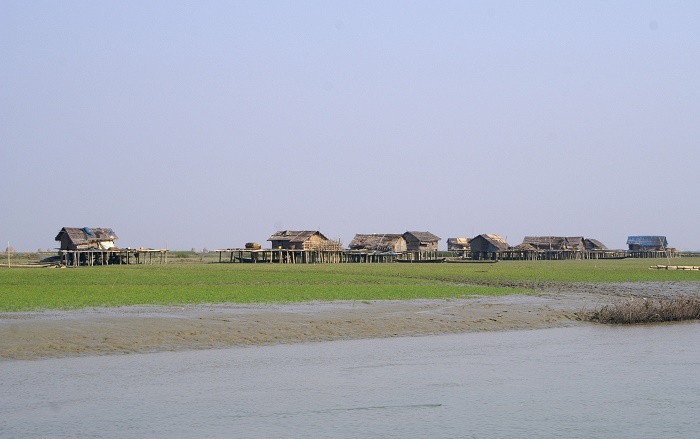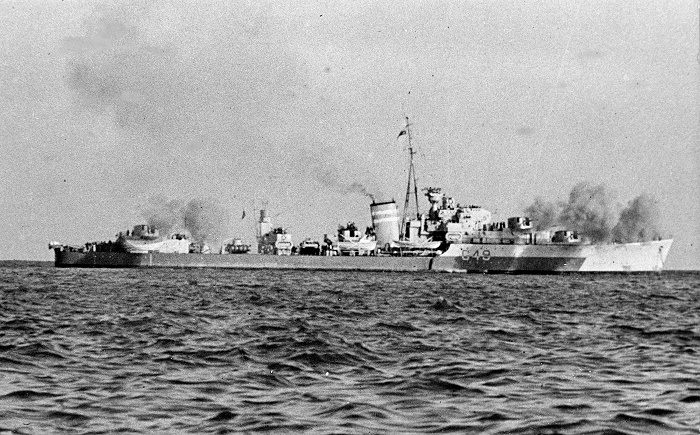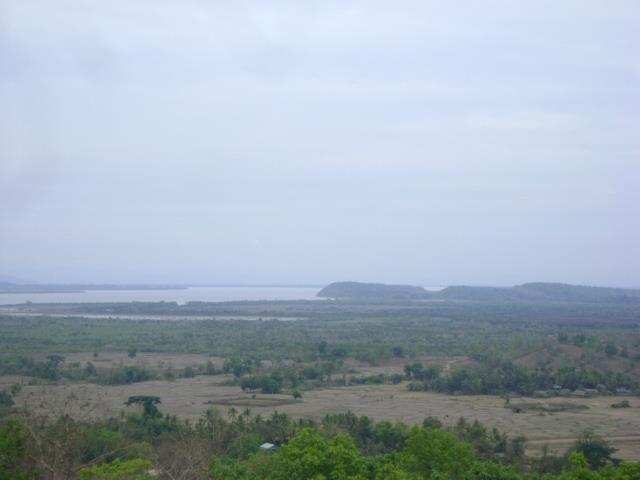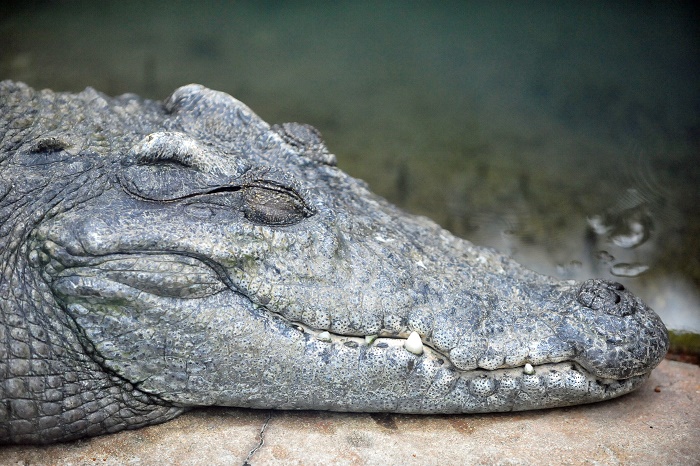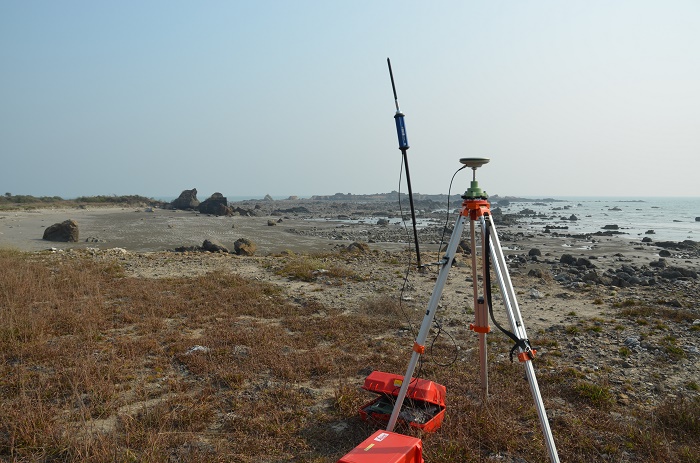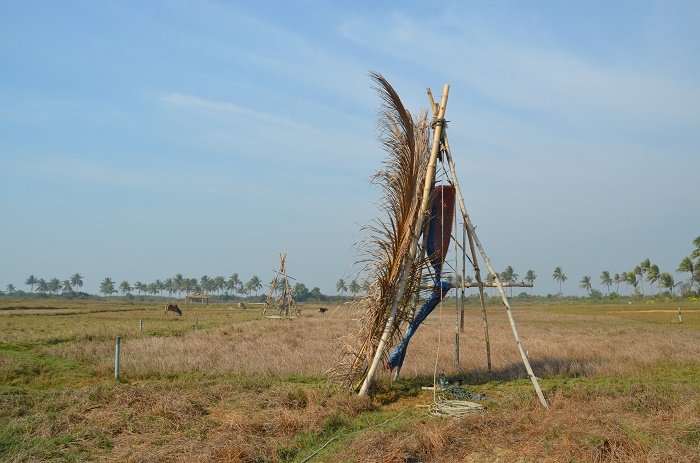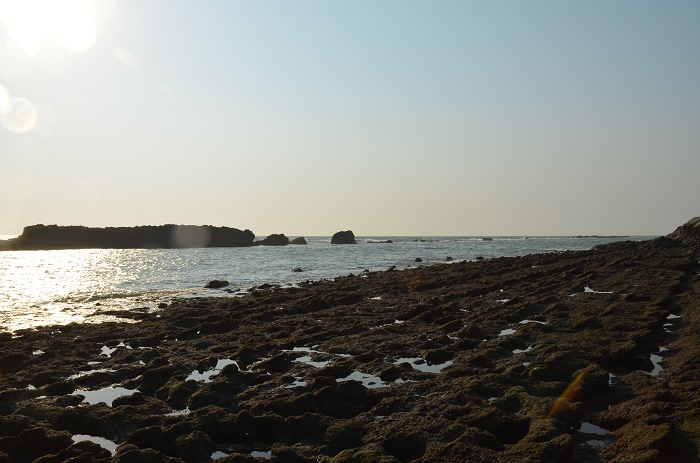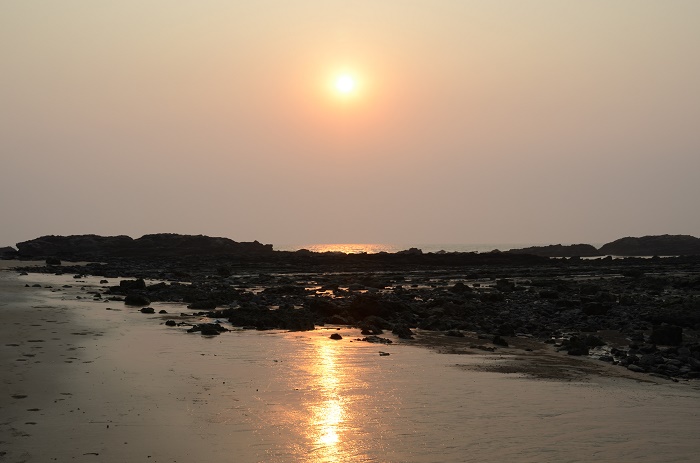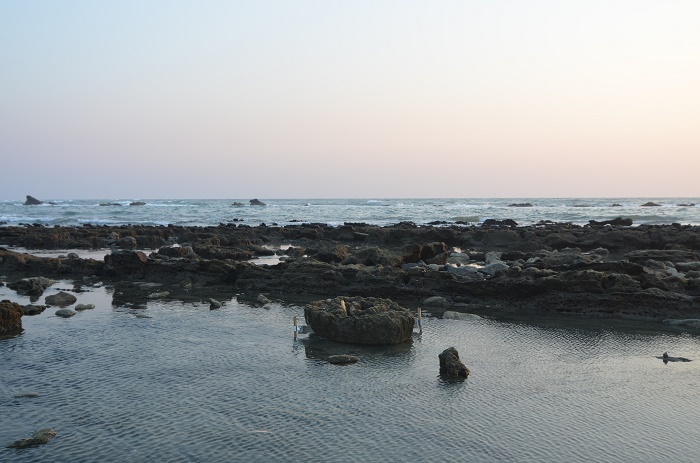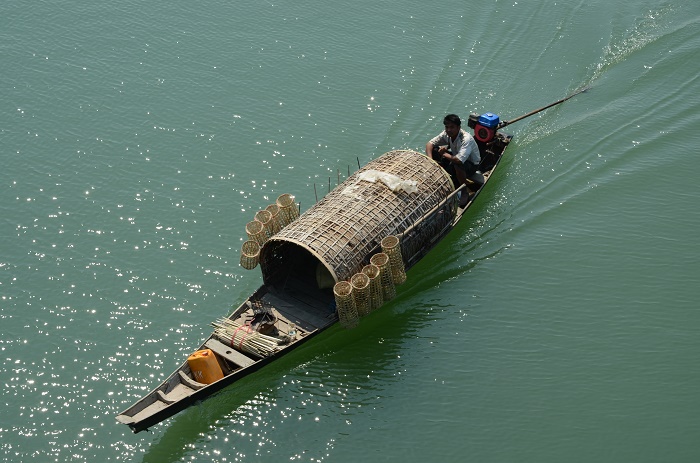Ramree island is an island off the coast of Rakhine State, Burma, which has an area of about 1,350 square kilometres (520 sq mi) and the main populated center is Ramree. The island is separated from the mainland by a narrow canal-like strait, which is only 150 metres (490 ft) wide in average.
There is a bridge over the strait connecting the island with the continental shore. The highest point is Zikha Taung, a 305 metres (1,001 ft) high hill located near the western shore in the southern part of the island. Probably this would look like a normal island to you in the Bay of Bengal in the Indian ocean, with wonderful beaches, but you are very wrong.
This was an island of a numerous military battles during the Second World War, however, the most brutal one was after all the hostilities have ended during the successful counter attack by the British forces against the Japanese Imperial forces.
On January 26, 1945, British troops made their way to Ramree Island so that they could establish a new airbase. After a bloody but successful campaign against the Japanese, the British soldiers managed to drive nearly 1,000 enemy combatants into the dense mangrove swamp that covered some ten miles of Ramree.
While this may have seemed a fine opportunity to slip into the wilderness and regroup, most of the Japanese soldiers would never be heard from again. The soldiers quickly became slowed by the thick, muck-filled swamps that impeded their progress.
In addition, many of the men began to succumb to tropical diseases carried by the swarms of mosquitoes as well as the various poisonous spiders, snakes and scorpions that skittered and slithered through the muddy underbrush. Over the course of several days of struggling through the swamps in this manner, starvation and a lack of drinking water became a very real threat as well.
All the while they were harassed by sporadic artillery fire from British forces positioned at the edges of the swampland. Nevertheless, the Japanese troops were being ravaged by some evil menace. The British troops stationed there cringed in horror despite the fact that it was being unleashed upon their enemy.
Unfortunately for the Japanese troops, the swamps of Ramree were infested by countless, very large saltwater crocodiles, which can grow upwards of 20 feet long and over a ton in weight. The weary and bloodied soldiers thrashing clumsily through the swamps may as well have been a dinner bell ringing.
The soldiers were viciously and mercilessly attacked by the reptilian beasts, and survivors reported how swarms of the aggressive animals descended upon them as terrified soldiers fired blindly in all directions in a futile effort to drive off their ravenous aggressors. Out of the 1,000 soldiers that have entered the swampland, it was reported that around 20 soldiers have survived the brutal attack.
Nowadays, the island has more important role for the country’s role. Ramree Island is actually the location of a gas and oil pipeline built on the Indian Ocean coast to the province of Yunnan in China. From a deep water port in Kyaukpyu on Ramree Island, oil from the Middle East and gas from Burma’s ocean coast, respectively, are transported through the pipelines to China. The pipelines will enable China to rely less on ocean-transported oil and gas through the treacherous Strait of Malacca and will also cut two weeks off the potential transport time.

